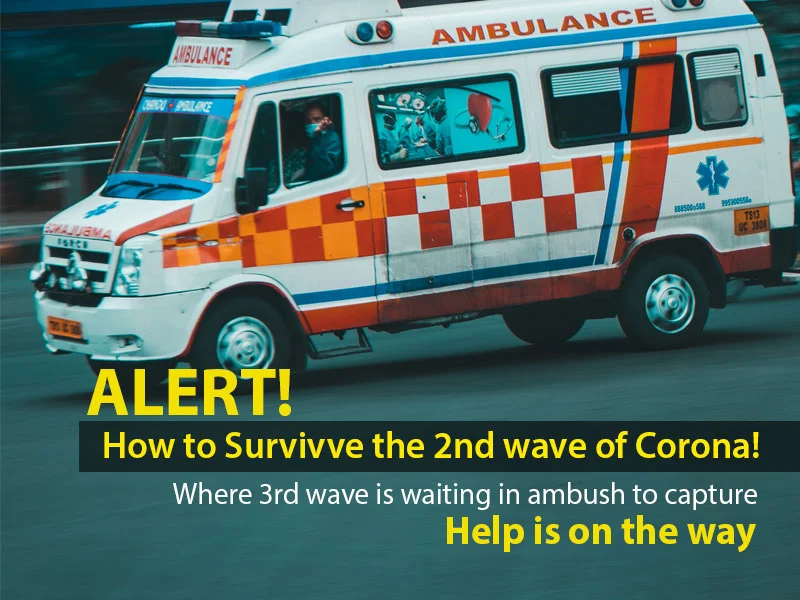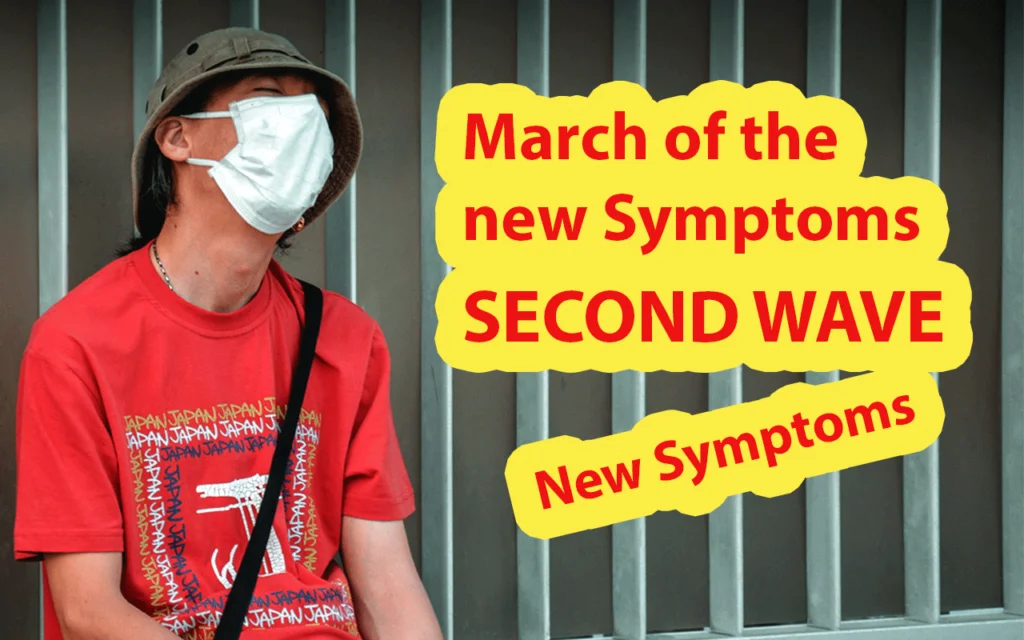While city officials clash with the teachers’ union over how to return to classrooms amid Omicron, families around Chicago reflect on the pandemic’s effects on their children.
Alejandra Martinez and her sons reading together at home, while Chicago public schools are closed.Credit…
Supported by
By Giulia Heyward
Photographs by Jamie Kelter Davis
Most public schools in Chicago were closed for a third day on Friday, with no resolution in sight to a standoff between the teachers’ union in the nation’s third-largest school district and Mayor Lori Lightfoot’s administration.
Around the country, school systems are wrestling with how to go back to class amid the highly contagious Omicron variant. Most have forged ahead with in-person classes, while some have pivoted to remote instruction. But nowhere has the situation been more rancorous than in Chicago, where school for hundreds of thousands of children resumed on Monday but then stopped abruptly by Wednesday, as teachers called for more virus precautions and testing while city officials said the school year should proceed in person.
Families, racing to find child care, were also wrestling with all the uncertainties of what might be ahead. Would school go back in session — in person or remote — soon? Would this last into next week? How might such a tense fight between the Chicago Teachers Union and city officials reach a resolution?
Yet interviews across Chicago with families of schoolchildren revealed a wide range of views on what should happen next. Some parents, worried about the fast spread of the virus, called for a temporary shift to remote learning. Others wanted an immediate return to classrooms, arguing that children have suffered in isolation through the pandemic. Still others fell somewhere in the middle, uncertain of best steps but angry about the tumult in Chicago.
Five families told their stories and gave their thoughts on the standoff.
The possibility of more online school for John Christie’s fourth-grade son, Ian, is enough to bring Mr. Christie to tears.
Mr. Christie said his son, who has been diagnosed with autism, thrived with the schedule that in-person instruction gave him during the fall. But in earlier parts of the pandemic, when school was online, Mr. Christie said, the circumstances were dire for his son and for the family, which tried to assist him with remote school in its Pullman neighborhood on the South Side.
“That was probably one of the most stressful and excruciating things that we attempted to do with him,” Mr. Christie said. “And so it’s just this building frustration right now of ‘What are our options?’”
When classes were canceled on Wednesday, Mr. Christie’s wife, Lori, decided to take off from work to be with their son. They worry about what will happen next.
“Schools are not health departments, they’re not epidemiologists,” Mr. Christie said. “But it’s just really, really frustrating.”
Shifting back to remote school, at least for a bit, is what Alejandra Martinez sees as the best way to keep her family safe.
Over the holidays, she said, her entire family contracted the virus after her youngest son, a preschooler, was exposed. She said she worried that a return to school might bring new cases of the virus; she was especially concerned about another son, a first grader with asthma, as well as the boys’ grandmother, who lives next door.
Ms. Martinez, who stays at home with her children, said she had the time and resources to help her children with their studies if they were to go back online.
The downside, she said, is that her sons complain about missing their classmates and teachers in online school. But she said she preferred that to the possibility that a loved one would become gravely ill.
Teachers, Ms. Martinez said, deserve the support of families.
“They’re running multiple jobs that are not their job title,” Ms. Martinez said. “Being nurses, being counselors, being a therapist. Being a second parent to these kids, and sometimes their only parent.”
For some parents, like Teffany Akins, emotions were far more mixed.
Ms. Akins, who has two daughters — one in kindergarten and another in fourth grade — said she believed that if children were vaccinated and wore masks, they should be able to safely stay in school. Ending in-person school, she said, will not stop the virus’s spread.
“I don’t believe that kids going remote is going to give them the reduction in cases that they’re thinking it will give,” she said.
When schools were online earlier in the pandemic, Ms. Akins and her husband struggled to find enough space in their home in the city’s Bronzeville neighborhood to work. Making sure their daughters were paying attention in virtual school only added to the chaos. It was hard, Ms. Akins said, to watch her children lag behind socially and academically.
Ms. Akins said that she supported teachers but that she was also talking to other parents about their fears of going remote again.
“I’m a union worker myself,” Ms. Akins said. “But at the same time, I really wish it was a more organized approach to going remote than just deciding that we’re not going to show up for school.”
All the uncertainty was upending Laura Lynch’s household. She said she could manage a shift to remote learning for her fourth-grade son, if need be, but she wished the school system had executed matters differently.
“They had plenty of time to lay down the sandbags to prepare for higher numbers,” she said of the surge in cases across Chicago. “So I’m a little bit disappointed that they didn’t have a plan in place if there was a spike.”
Ms. Lynch said she would favor a short-term shift to remote learning for several weeks until cases diminish. Still, she worried about the effects on her son.
“He would pace like a tiger in the zoo in too small of a cage,” she said of earlier periods of online learning.
Still, she said, she and her family are in a much better situation than many families. Her schedule is flexible because she is in nursing school, and her husband works from their home in the Garfield Park neighborhood. Such a change would be an added burden, Ms. Lynch said. But they could manage.
Whatever solution comes should come quickly — and be short term, said Aaron Wise, who worries that his two high school children are missing out on important parts of their adolescence.
Another stint of online learning — rather than in-person classes — would be trying, but if it was brief and solved the problem, he said, it would be better than just ignoring the problem.
“It seems like a small price to pay to get everybody healthy, or a way larger majority of people healthy,” he said.
Mr. Wise’s children, said Mr. Wise, who lives in the Avondale neighborhood, can take care of themselves if school were to return to virtual learning. His only worry is the social interaction they are missing out on — and some of the milestones his elder child, a senior, would not get.
“They’re not seeing their friends, which is why you want to be in school when you’re a kid,” he said. “They’re way less active. Their diets are worse. You feel like a shut-in.”
Testing before the effort to return to school this week was bungled, he said. His younger child, he said, took a test that had been provided for students to take before he realized that he did not know where to send it. Most of the roughly 150,000 mail-in P.C.R. tests given to students in Chicago were never returned. Of the 40,000 or so tests that were mailed in, most produced invalid results.
Mr. Wise said that it felt like the testing program had been a waste of time, money and resources, but that the teachers were reasonable to call for a stronger testing program for safety. He said he could not understand why officials had not agreed to that.
“I feel like there’s a lot of political stuff going on,” he said. “It’s hard, the situation is difficult. But it really shouldn’t be that difficult.”
Advertisement

COVID-19
Surviving The 2nd Wave of Corona
‘This too shall pass away’ this famous Persian adage seems to be defeating us again and again in the case of COVID-19. Despite every effort

